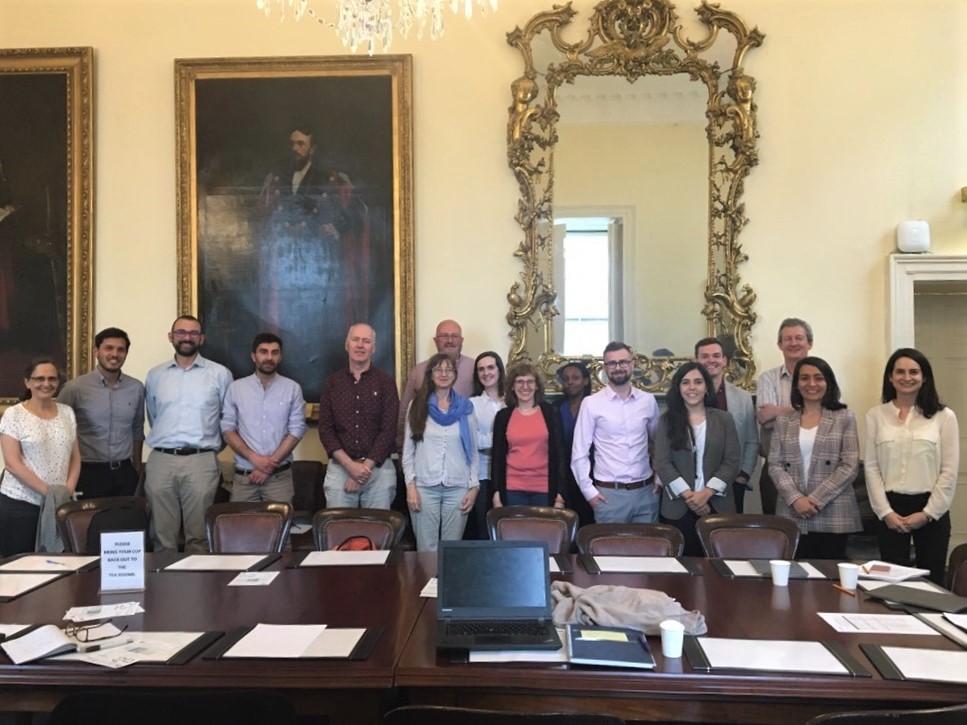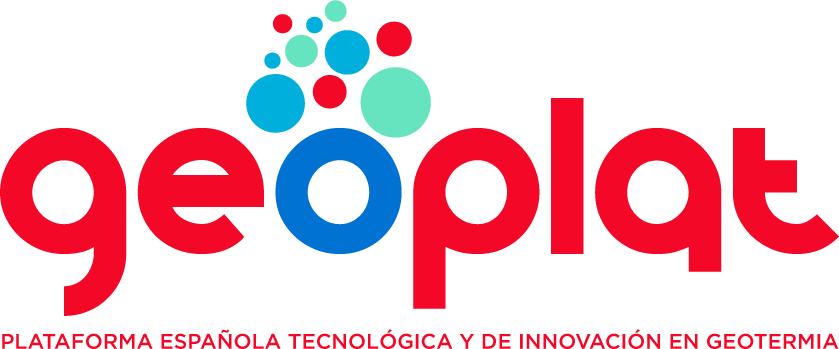25 May 2019
GEOPLAT collaborates in the European project GEO-URBAN
GEOPLAT is pleased to announce its participation in the project GEO-URBAN: Identification and Assessment of Deep Geothermal Heat Resources in Challenging Urban Environments. In the project, specialists from Ireland, Denmark and Spain collaborate in the analysis of geothermal resources in urban areas in order to explore their potential use as a source of thermal energy.

Consortium partners gathered during the kick-off meeting in Dublin, Ireland.
The ability to use geothermal resources to generate heat in urban areas, where demand is greatest, has the potential to significantly reduce our dependence on fossil fuels and to support EU and national sustainable energy policies. Potential deep and low enthalpy geothermal resources in difficult EU environments remain little known and largely untapped. The main objective of GEO-URBAN is to explore the potential of deep geothermal resources in low enthalpy regions and to assess this energy source as a viable supply of heating for urban areas. The project focuses on two areas – Dublin, Ireland and Vallès in Catalonia, Spain – and provides a feasibility analysis for the commercial exploitation of deep geothermal resources in these regions.
GEOPLAT collaborates in dissemination and communication tasks envisaged in the project to promote the adoption of geothermal technology in similar urban areas of Ireland and Spain.
The consortium is made up of 10 members from 3 participating countries of the European Union:
Ireland: Dublin City Council, Dublin Institute for Advanced Studies, Gavin and Doherty Geosolutions Ltd., Geothermal Association of Ireland, University College Dublin – Irish Centre for Research in Applied Geosciences
Denmark: Geotermisk Operatorselskab
Spain: Barcelona Supercomputing Center, Institut Cartogràfic i Geològic de Catalunya, GEOPLAT, Universitat de Barcelona
This project is funded by the “GEOTHERMICA Cofund” call, which is part of the ERA-NET plan of the European Union. The ERA-NETs aim to promote cooperation and coordination of research activities and policies developed in the Member States and the Associated States through their respective national and regional research programmes, mutual openness and the development and implementation of joint activities.
